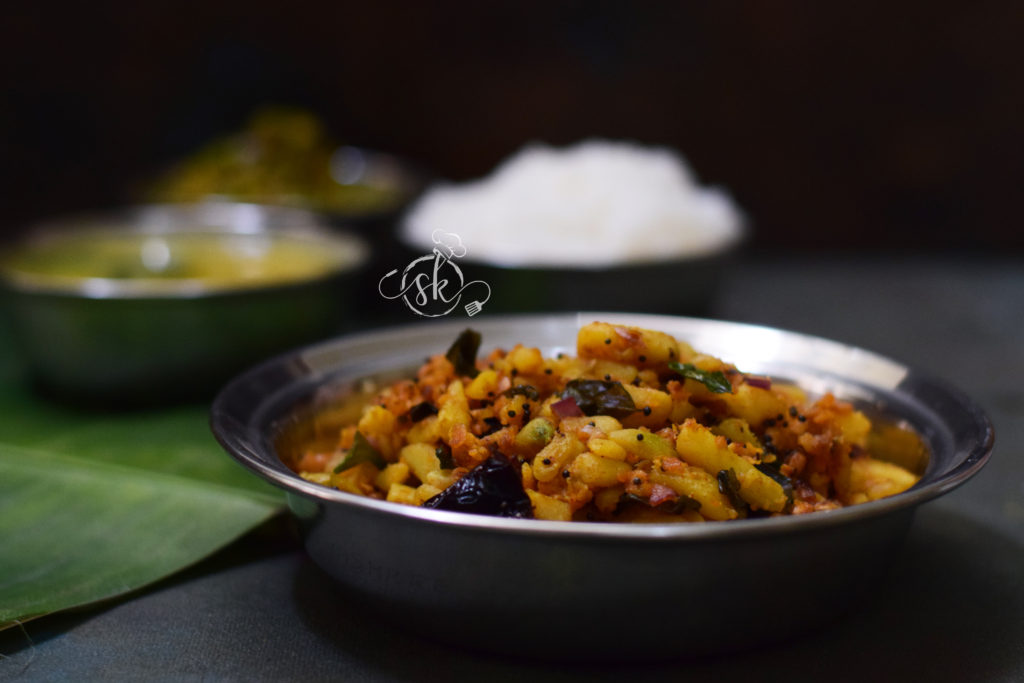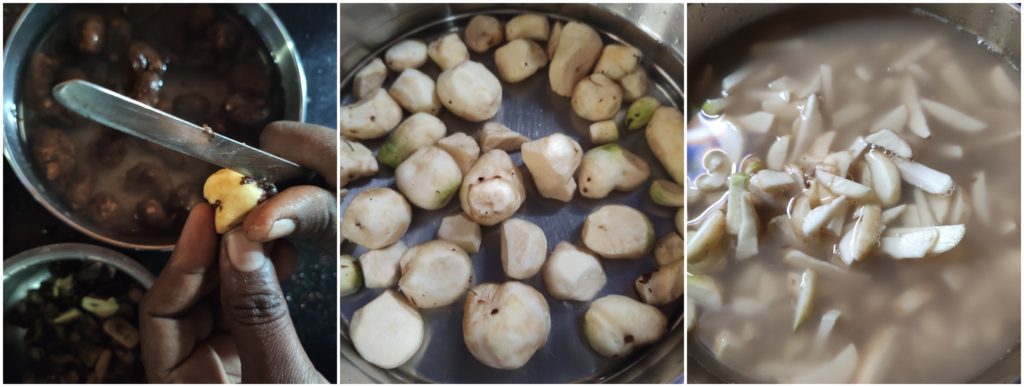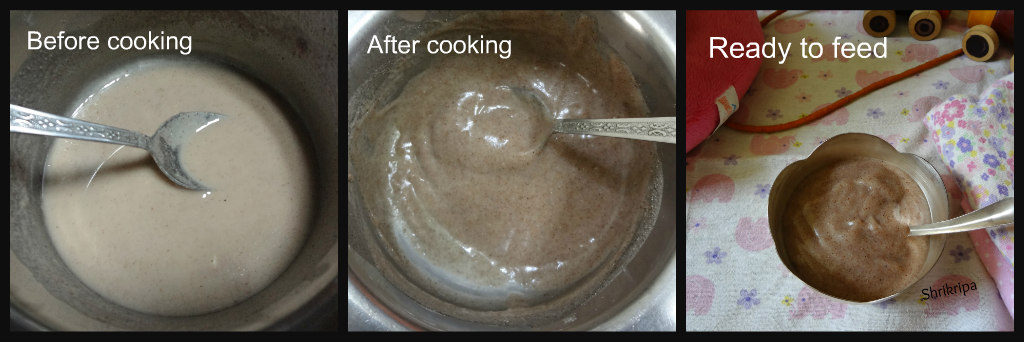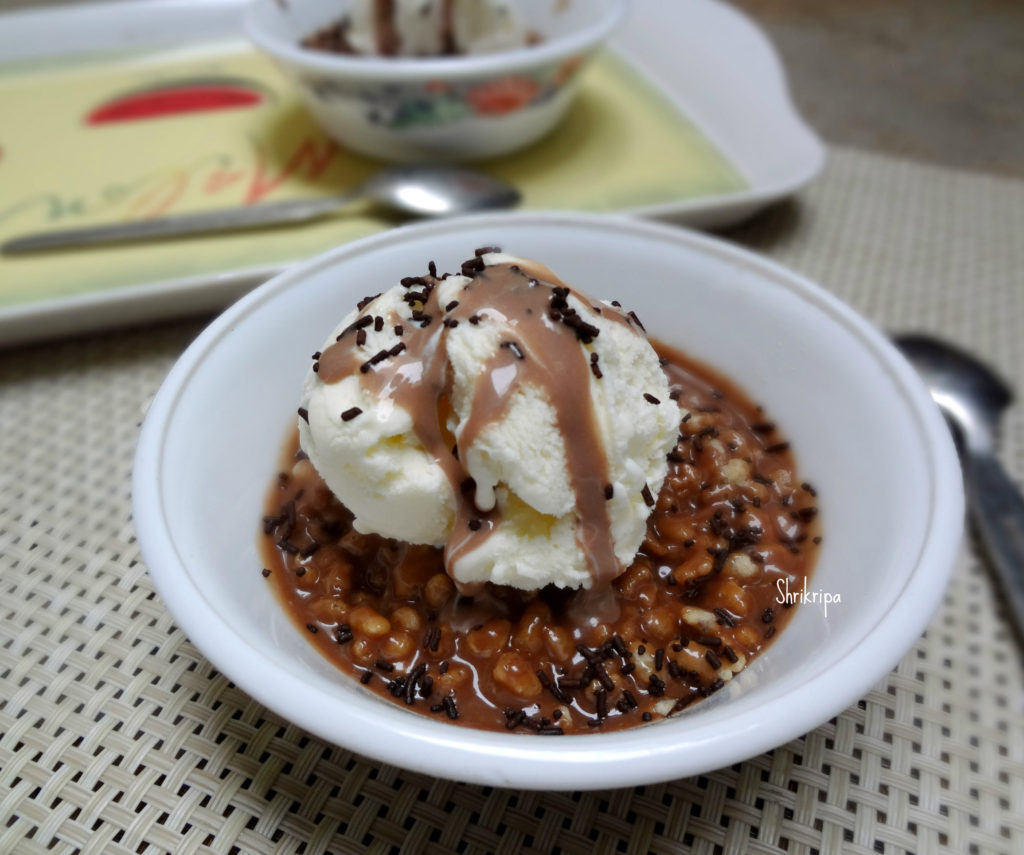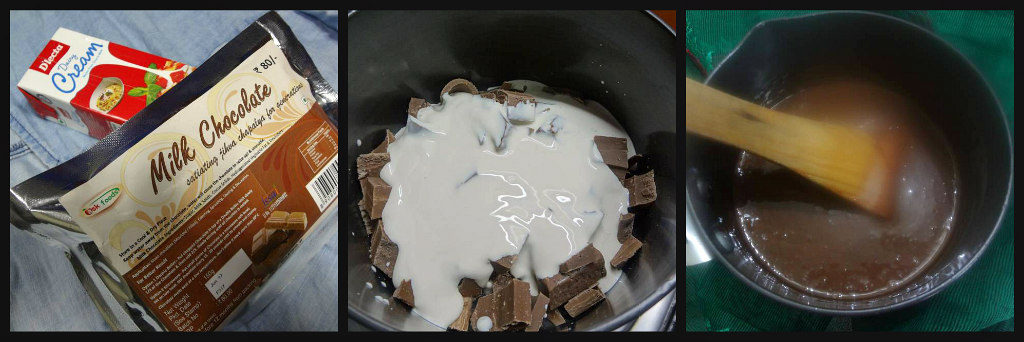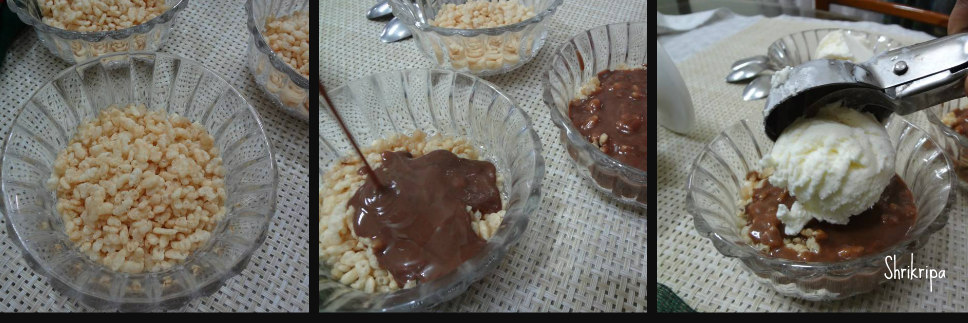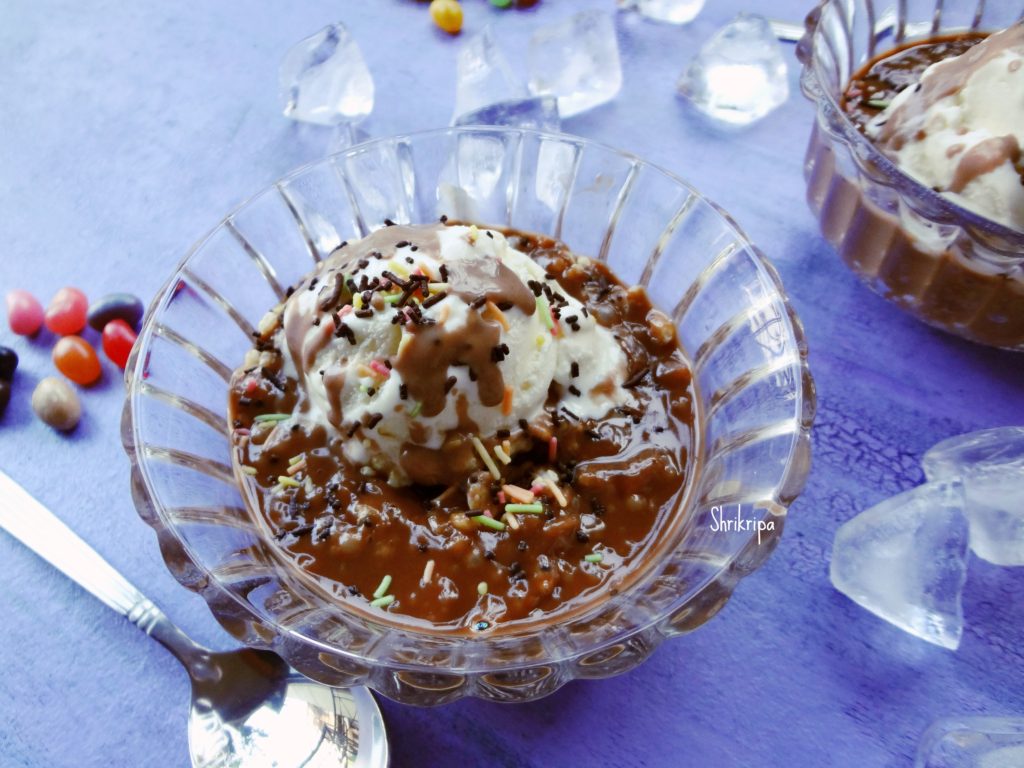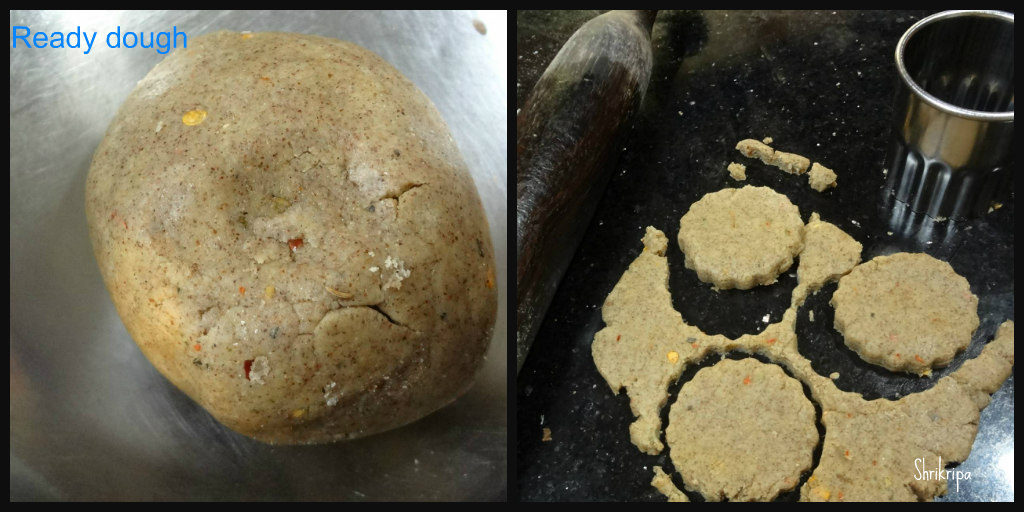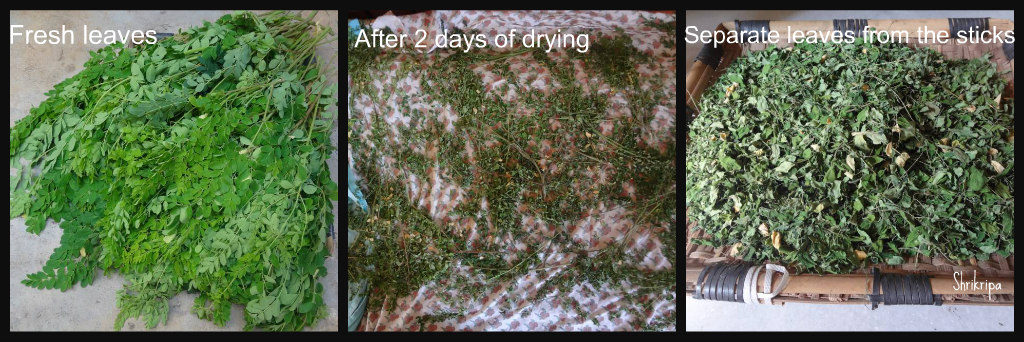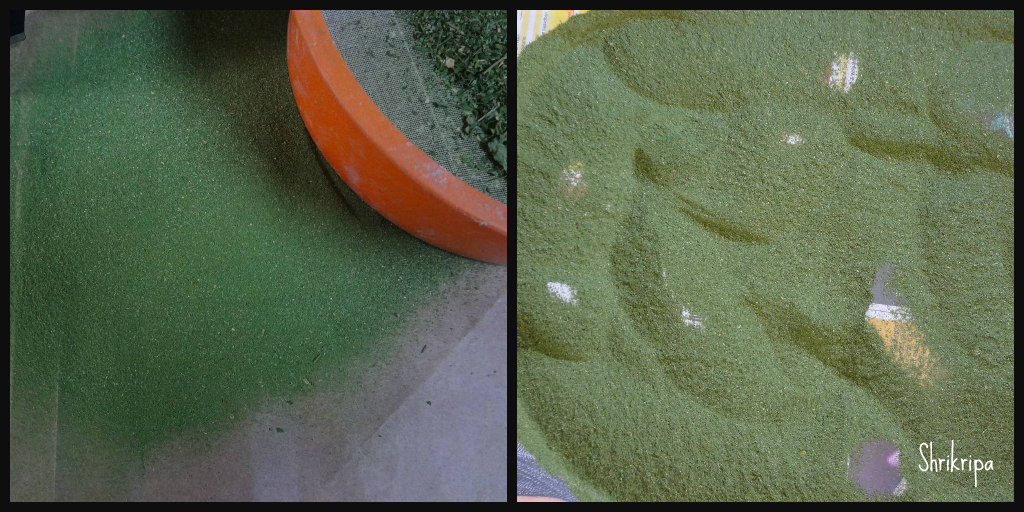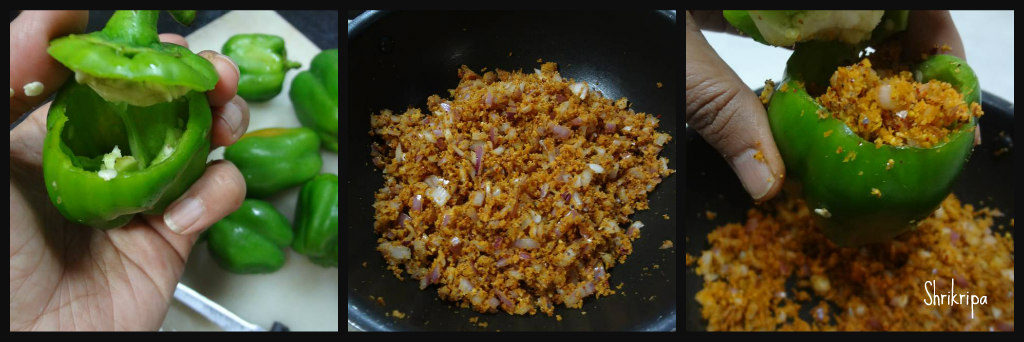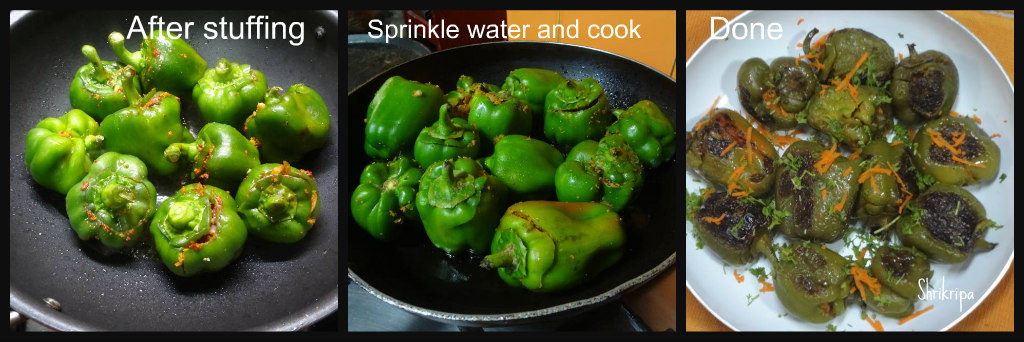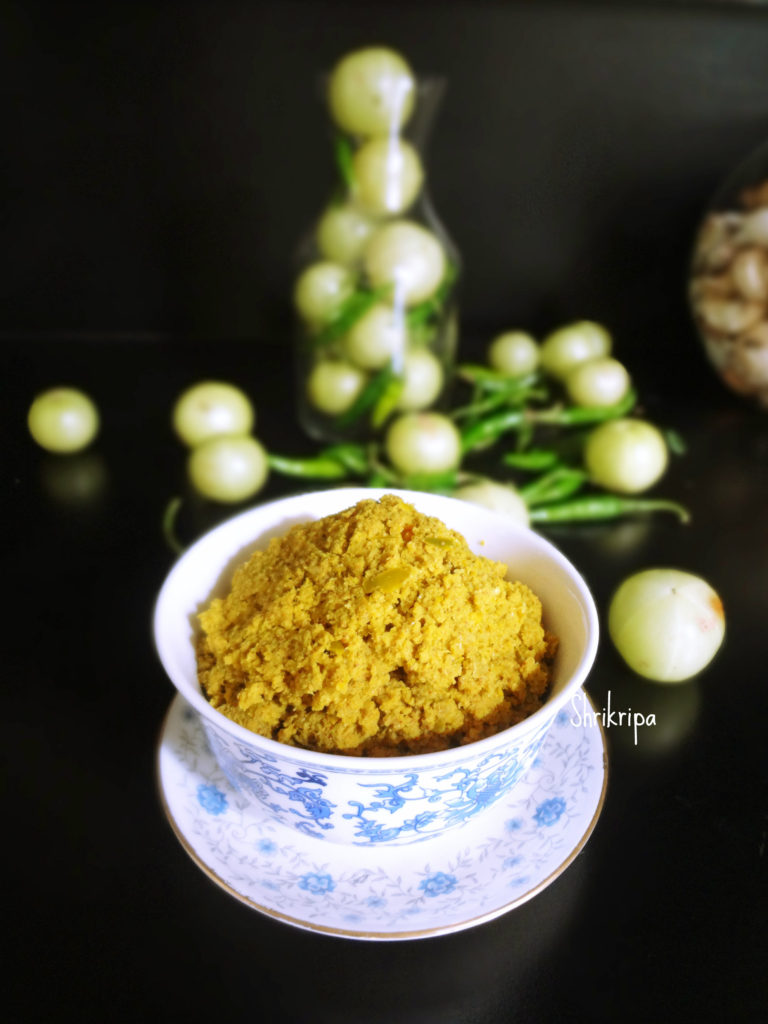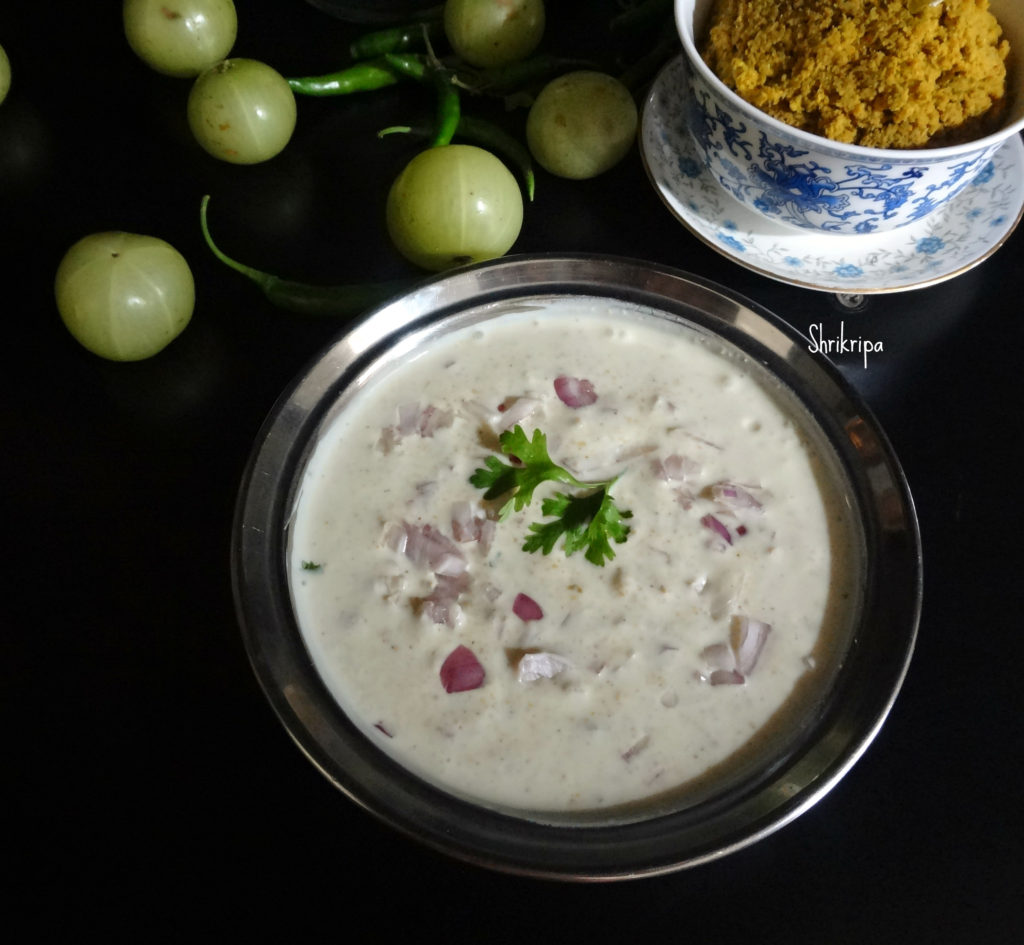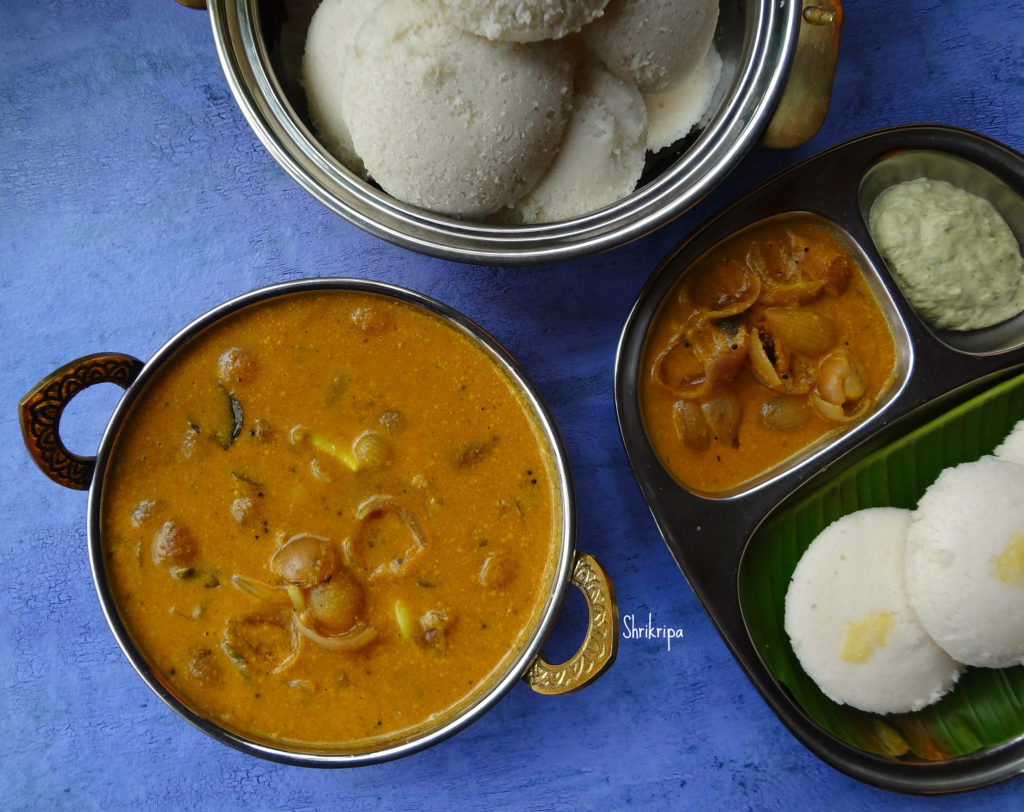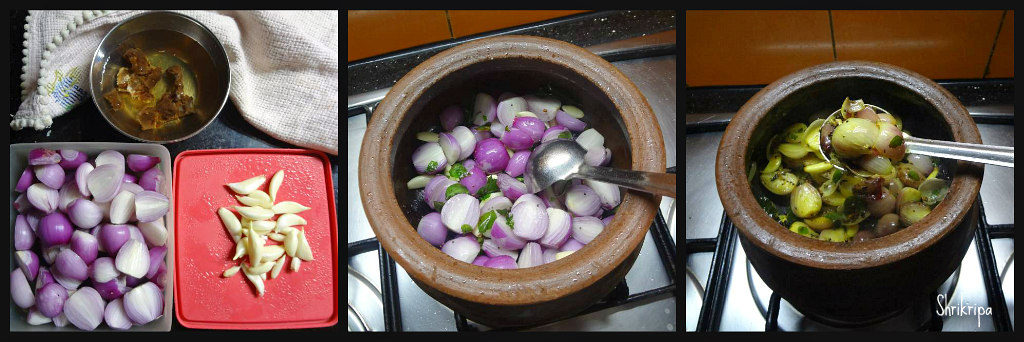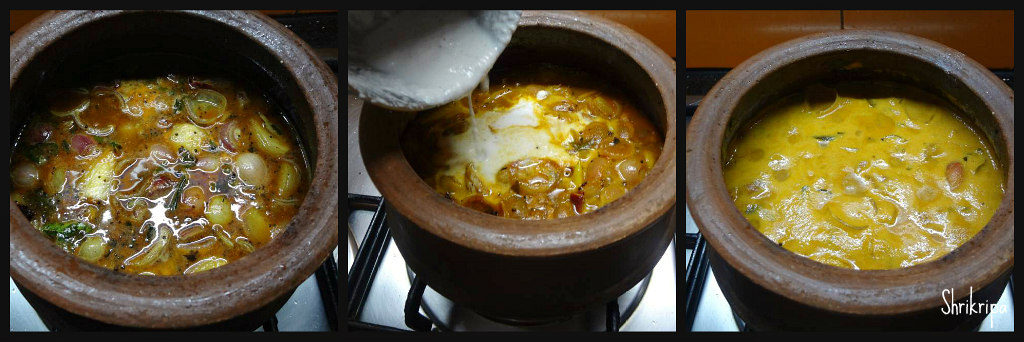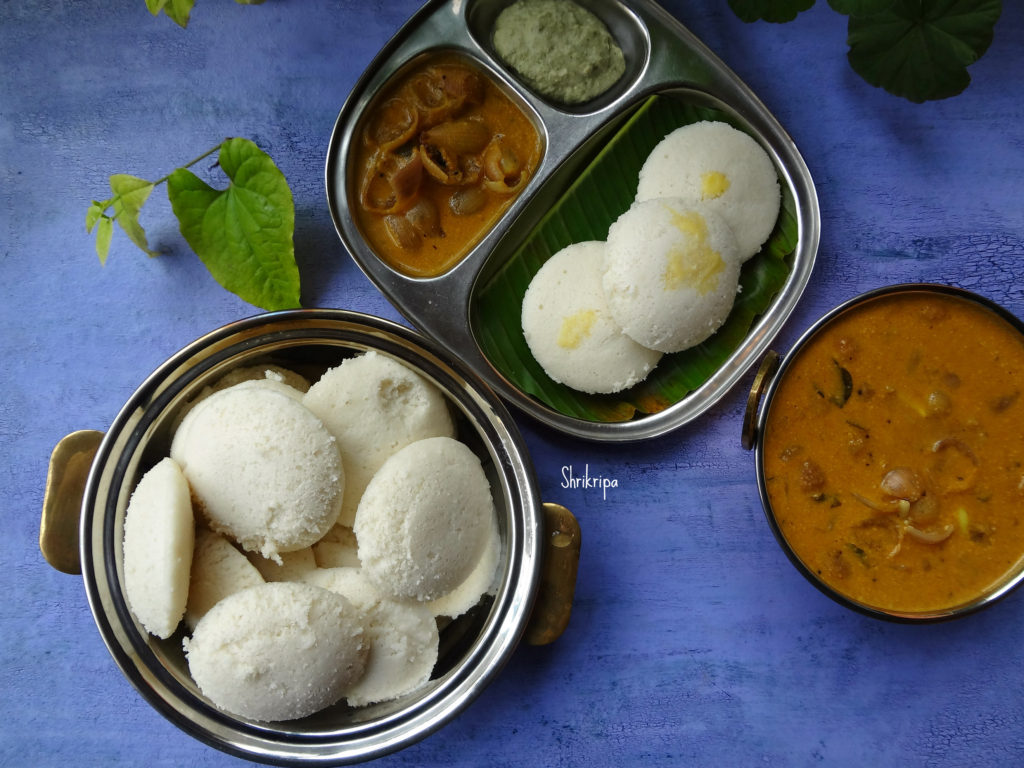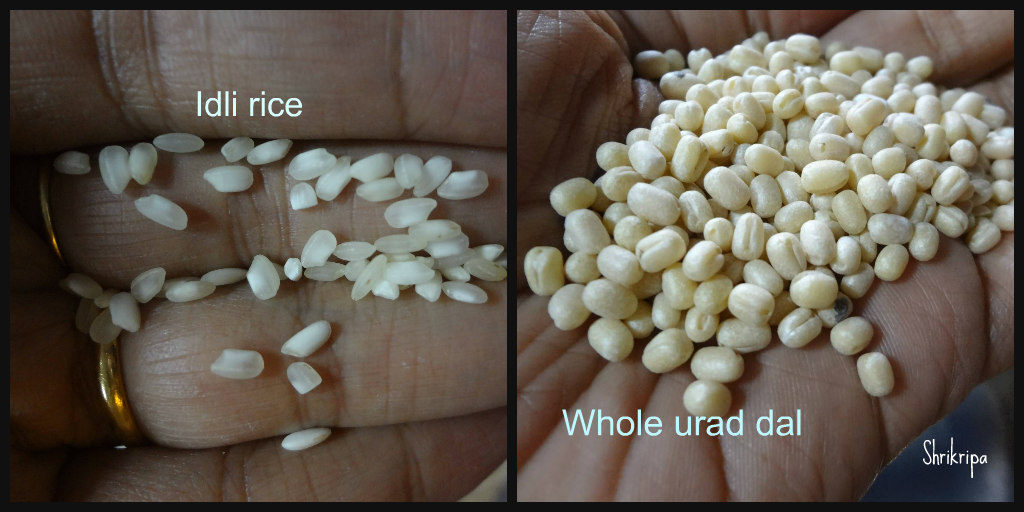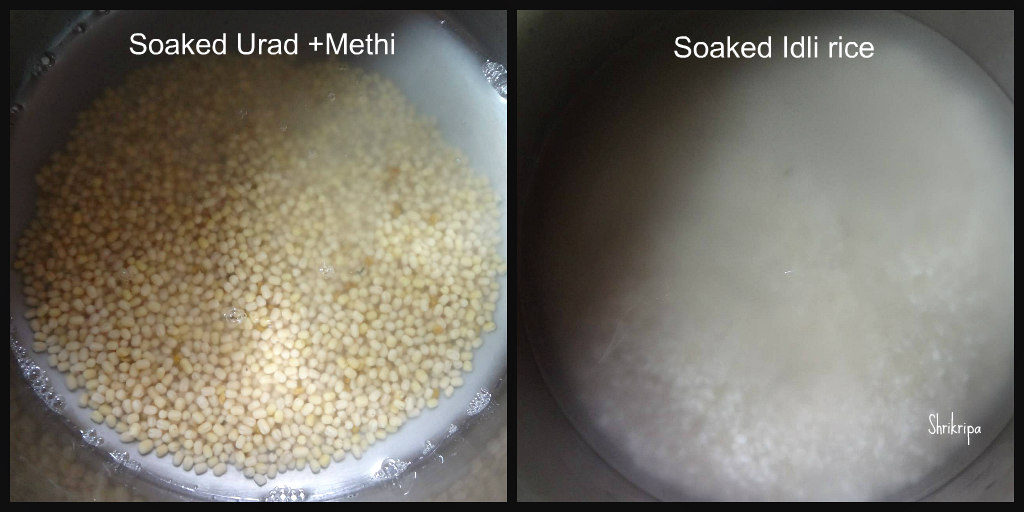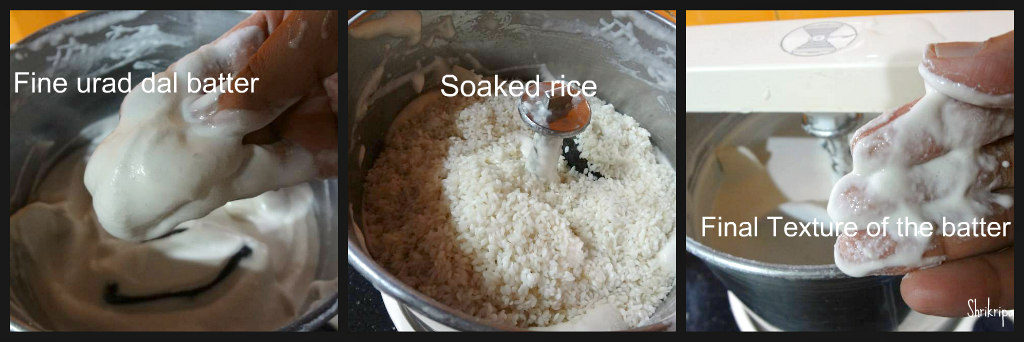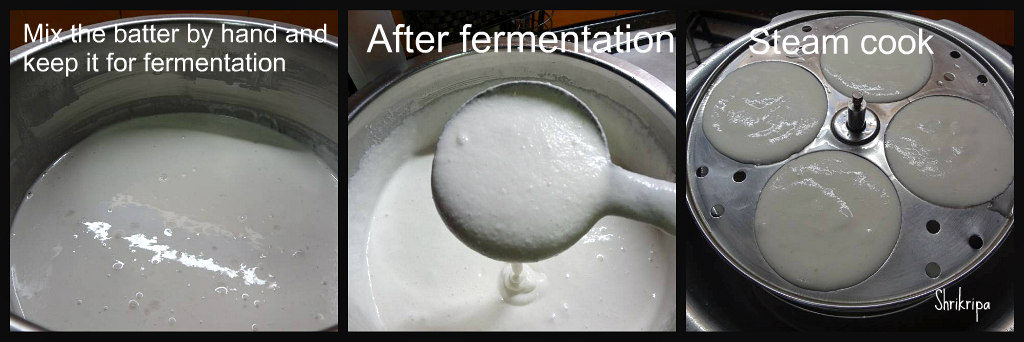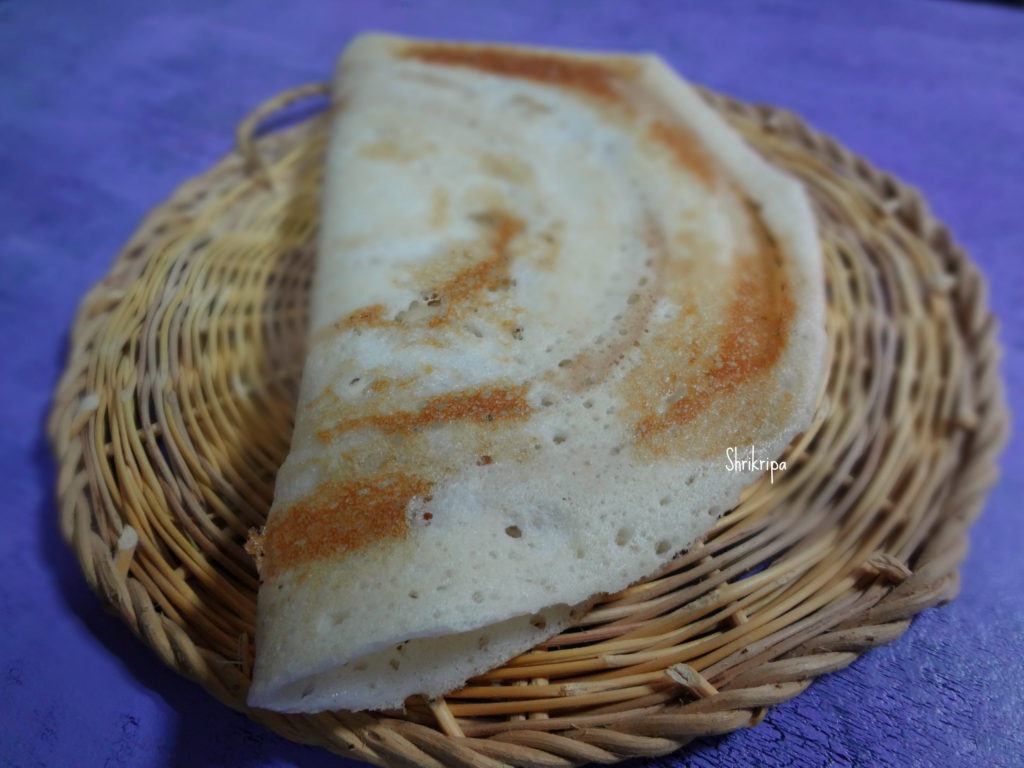Antinunde aka dry fruits laddu with edible gum is a super food for everyone, especially new moms or girls in their puberty, especially after their first cycle of menstruation. I came to know about this super food through my close friend’s mom, Chandu aunty.
According to her, if you are using it for a girl, after her first cycle. Traditionally it is a practice that, 5th day onwards girl should consume a little amount of ghee, small piece of copra (which is dried coconut) followed by one dry fruit laddu and a cup of milk for continuous 48 days. It is believed that, all the combined nutrition of dry fruits, edible gum and milk will take care of her and retain the calcium, iron and much needed supplements through the natural form.
If you are using after delivery, for a new mom as a postpartum supplement, method will be slightly different and here we should take care of the new born baby’s health as well. In this case, lady should consume, 1 spoon of postpartum lehya (which is a mixture of so many ayurvedic natural medicines) followed with little ghee, piece of dry coconut, one laddu and a glass of milk from 11th day onwards until 3rd month. Initial 1 ½ months content of the sesame should be more (for example 1 cup) other than this one should use ½ tsp of ajwain as well and after 2nd half one should decrease the quantity of sesame to half and quantity of the dried dates and edible gum should be more to pass on the supplements to the baby as well.
Other than these two instances, one can enjoy these delicious laddu at any given point of time with a whole lot of goodness. I will show you how I prepare this for a regular use –
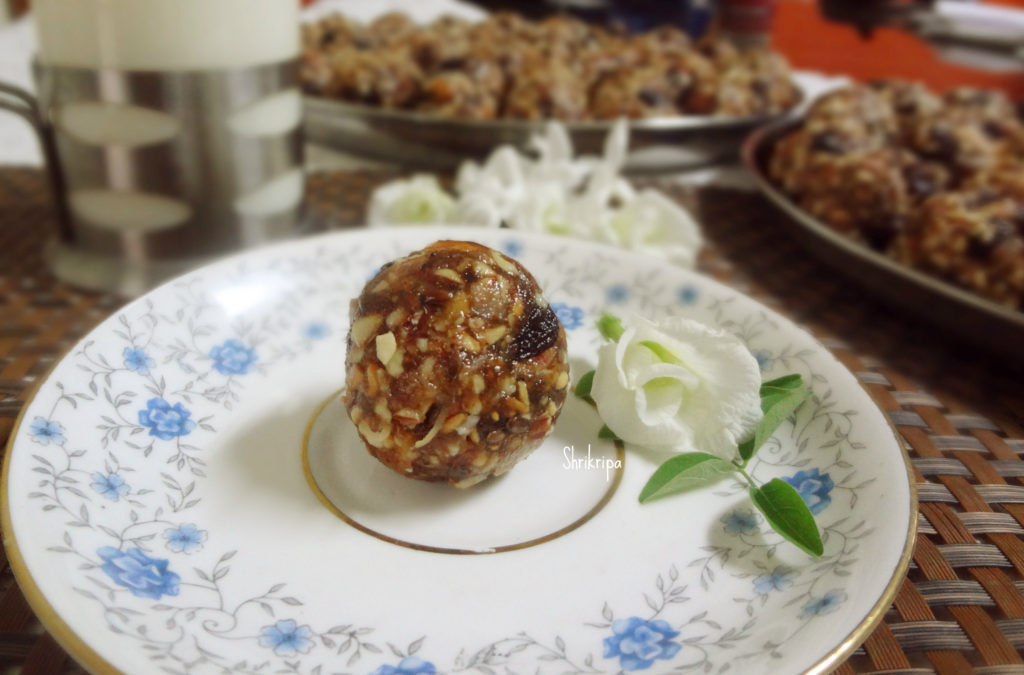
Ingredients:
Dates – 300 grams
Almonds – 100 grams
Cashew – 50 grams
Raisins – 50 grams
Fig – 50 grams (optional)
Melon seeds – 50 grams (optional)
Flax seeds – 25 grams (optional)
Desiccated coconut – 50 grams
Edible gum – 40 to 50 grams
Jaggery – 100 grams
Saffron – 10 strings
Nutmeg – 1 pinch (grated)
Cloves – 4
Ghee – 2 to 3 table spoons
Method:
-Chop dates and dry grind this in a small jar of the mixer grinder.
-Chop almonds and cashews
-Dry roast saffron then coconut powder for 3-4 minutes, till you get a nice aroma.
-Dry roast flax seed.
-Heat one teaspoon of ghee and fry one by one, cloves, almond, cashew, melon seed and raisins.
-Put one more teaspoon of ghee to same tawa, fry those edible gum crystals, until it pops up and becomes fluffy.

-Make powder of this by using mixer jar and keep aside.
-Lastly, fry those chopped or churned dates and add all these items together in a bowl and keep aside.
-Now take jaggery in a small vessel and take ½ a cup of water, boil and sieve this to remove any impurities.
-Put this sieved liquid in a thick tawa, in which we have fried all those dry fruits.
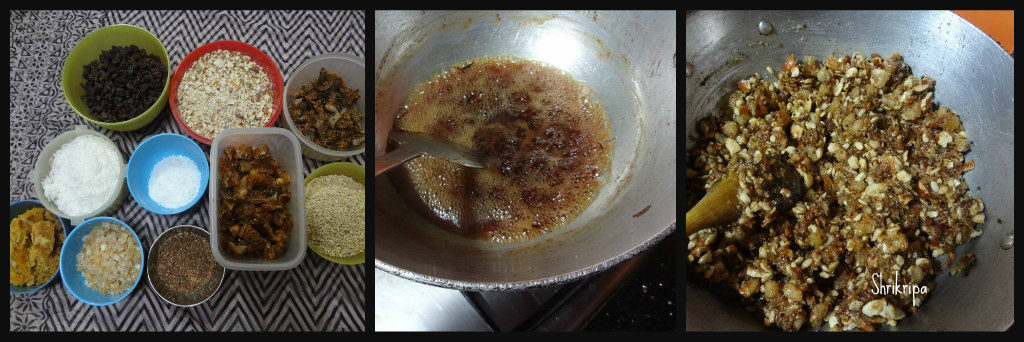
-Boil this until it reaches one thread consistency. Switch off the gas.
-Mix in all those fried items, nutmeg powder, saffron and mix nicely.
-Rub your hand with little ghee and start to make laddu’s.
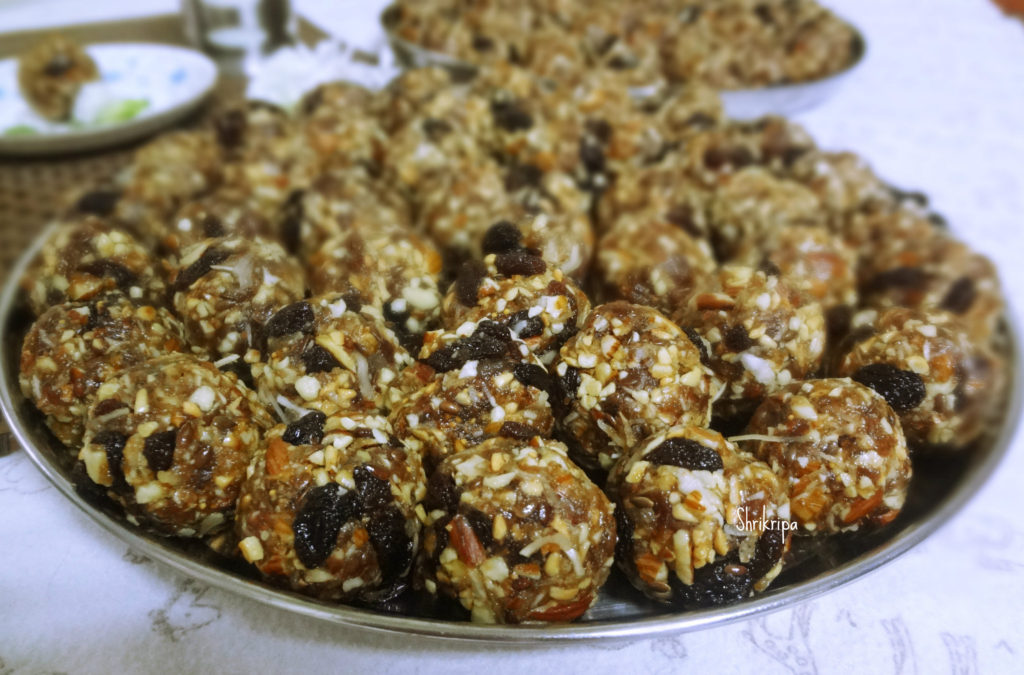
-Eat one laddu a day and enjoy.
Note:
- Ratio of dry fruits and jaggery is 600 Grams:150 grams. If Fig is added, you can reduce a little.
- I normally use normal dates, traditionally they use dried dates.
- Instead of dry coconut (copra) I have used desiccated coconut.
- One can use palm jaggery while making it for a new mom or use palm jaggery half and regular jaggery half.
- My kids don’t like either poppy seeds or sesame seeds, instead I have added Melon seeds and flax seeds.
- I normally add sugar candy crystals to enhance the crunchiness.

